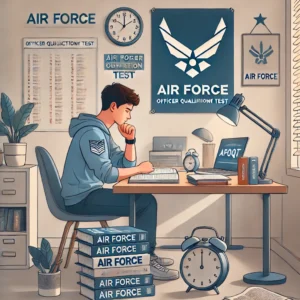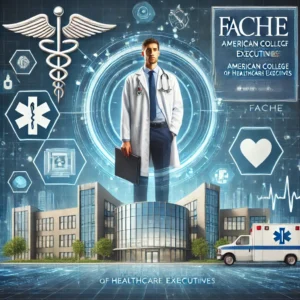Coming Together: How a Devastating Earthquake in Mexico City Demonstrated the Resilience and Innovation of Tecnológico de Monterrey
In September 2017, Mexico City experienced a catastrophic 7.1 magnitude earthquake that left an indelible mark on its residents. The disaster resulted in hundreds of fatalities, over 6,000 injuries, and countless individuals suddenly finding themselves without a home. The city, known for its vibrant culture and rich history, was thrown into chaos as buildings crumbled and basic services were disrupted.
Among the institutions severely affected was Tecnológico de Monterrey, a leading university in Mexico. When the earthquake’s tremors ceased, the aftermath was stark: three university buildings were rendered completely unusable, and many others faced significant challenges such as a lack of power, water, and internet connectivity. Despite these obstacles, the university community—students, faculty, and staff—showed remarkable resilience, focusing not only on their personal recovery but also on aiding others in the city.
Responding to the Crisis with Unity and Innovation
“The earthquake had a devastating impact,” recalled Ciro Velásquez, an IT Institutional Architect at Tec de Monterrey. “Buildings were destroyed throughout the city, and everywhere you looked there were reminders of that terrifying moment. But at the university, we understood the need to do everything we could to restore a sense of order and safety as quickly as possible.”
Despite the chaos, the university’s tech-savvy professors swiftly adapted to the new reality. They transitioned many class activities online, leveraging the digital tools they were familiar with. However, this shift wasn’t without its challenges. With many students living in temporary accommodations or without stable internet access, the transition required more than just technological solutions—it required community support.
“The people of Mexico City are among the most generous in the world,” Ciro noted. “Anyone who could help opened their doors to our students—other campuses, shops and cafes, even hotels provided quiet spaces and internet access for them.” This collective effort allowed students to continue their studies, even in the face of immense disruption.
Ensuring Academic Continuity in Unprecedented Times
As the academic term drew to a close, the university faced another significant challenge: how to administer final exams under these extraordinary circumstances. Traditionally, exams at Tecnológico de Monterrey were held in proctored environments, often using tools like LockDown Browser to maintain academic integrity. However, with students dispersed across various locations, a new solution was required.
The university had recently piloted Respondus Monitor, an advanced tool that uses a webcam to monitor students and their surroundings during online exams. With the urgency of final exams looming, the university quickly mobilized to implement Respondus Monitor on a larger scale. A dedicated task force was established to oversee the rollout, and a parallel group focused on training instructors in the new technology.
“Professors were glad to have access to Respondus Monitor and were very eager to learn it and use it,” Ciro said. The swift adoption of this technology ensured that students could take their final examinations on time, despite the ongoing challenges posed by the earthquake.
Resilience, Innovation, and the Future of Education
In the end, students were able to complete their courses on schedule, a testament to the resilience and determination of the Tecnológico de Monterrey community. “Students didn’t seem to have any problems using Respondus Monitor,” Ciro reflected. “Most were already familiar with LockDown Browser, so the addition of Respondus Monitor was very easy for them.”
As life at the university gradually returned to normal, the experience left a lasting impact. While face-to-face classes have resumed, many instructors continue to offer the option of taking exams online from off-campus locations. “Professors are now comfortable with the technology, and students appreciate the flexibility it offers them,” Ciro noted.
Reflecting on those challenging days, Ciro expressed pride in how the university community came together. “The resilience and compassion of our people are remarkable. Even though they had been through so much, our professors weren’t afraid to try new things, and students were determined to finish their courses on time. We came together. We supported one another. For me, that’s the true meaning of an educational community.”
Conclusion: Lessons Learned and Moving Forward
The events following the earthquake demonstrated the importance of adaptability, community support, and the effective use of technology in times of crisis. Tecnológico de Monterrey’s experience offers valuable insights into how educational institutions can navigate unforeseen challenges while maintaining academic continuity. The successful implementation of tools like Respondus Monitor not only addressed immediate needs but also paved the way for future innovations in education.
This story of resilience and innovation at Tecnológico de Monterrey serves as a powerful example of how institutions can rise to meet challenges and emerge stronger, more united, and better equipped for the future. As the university continues to evolve, the lessons learned from this experience will undoubtedly shape its approach to education, ensuring that it remains a beacon of excellence in the face of adversity.




